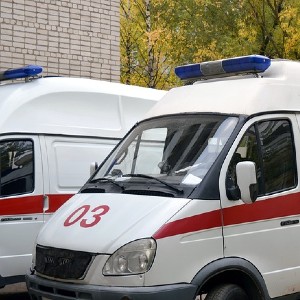 Smart Citations
Smart CitationsSee how this article has been cited at scite.ai
scite shows how a scientific paper has been cited by providing the context of the citation, a classification describing whether it supports, mentions, or contrasts the cited claim, and a label indicating in which section the citation was made.
The organization of ambulance decontamination during the COVID-19 pandemic: a process analysis based on the Lean Thinking philosophy
The COVID-19 pandemic led to massively increased emergency medical services (EMS) activity. The need to decontaminate emergency vehicles after conveying a suspected or confirmed patient to the hospital represented a critical step, slowing the activities and impacting the number of available ambulances. This brief paper analyzes the flow of EMS processes according to the Lean Thinking management approach, which focuses on reducing waste in a production cycle. The different steps of the whole process (arrival to the Emergency Department, handover phase, decontamination, return to service, and the required transfers) and a series of strategies are discussed. The organization (centralized or delocalized), number, and location of the decontamination centers impact transfers and waiting times and, consequently, the availability of ambulances. Optimizing these processes may lead to a global performance improvement, reducing transfers and time, with greater availability of emergency vehicles.
How to Cite

This work is licensed under a Creative Commons Attribution-NonCommercial 4.0 International License.
PAGEPress has chosen to apply the Creative Commons Attribution NonCommercial 4.0 International License (CC BY-NC 4.0) to all manuscripts to be published.

 https://doi.org/10.4081/ecj.2023.11646
https://doi.org/10.4081/ecj.2023.11646





